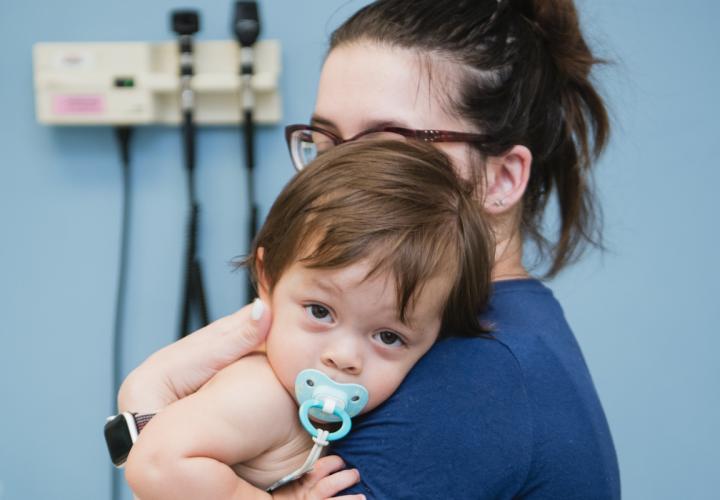By: Scott Orsey
Big news hit the scientific community in February about gravity. One hundred years after Albert Einstein first predicted their existence in his groundbreaking theory of general relativity, scientists detected gravitational waves for the first time. The implications for this discovery are huge. In addition to validating the theory, scientists now have a new tool – a gravitational telescope – that they can use to map and explore the universe in a revolutionary way. How does this relate to child health? Read on!
The thought that a discovery can be made a century before the invention of technology sufficient to measure its effect can be both humbling and reassuring to those of us seeking evidence-based solutions to modern challenges affecting child health outcomes. It is humbling to think that the success of our work may only be observable decades after it is put into service, perhaps long after we leave this earth. And yet it is also reassuring to reflect that as time passes, our work will someday be substantiated and validated through yet-to-be discovered measurement techniques.
In the study of childhood development, the 1990’s established solid evidence that experiences early in life produce long-term implications to health, well-being and economic success. We now know that both nature and nurture play significant roles in a person’s life-course and health outcomes. These are fundamental principles, like Einstein’s equations, that build the foundation of our work. They also implicate that both positive and negative experiences influence children’s health, their social and emotional growth, their educational success, their economic opportunities, and other areas.
Yet the influence that any single experience has on a child is so minute that we are unable to measure its incremental affect. Like the infinitesimal phenomenon of gravitational waves in Einstein’s day, other factors can drown or mitigate the impact. There is no method for us to say definitively that a specific experience is responsible for a specific result in a specific child because all experiences are interrelated and all children are unique in both their genetic make-up and their life experiences. We use words like “complexity” and “multi-modal” to explain our failure to isolate these impacts.
